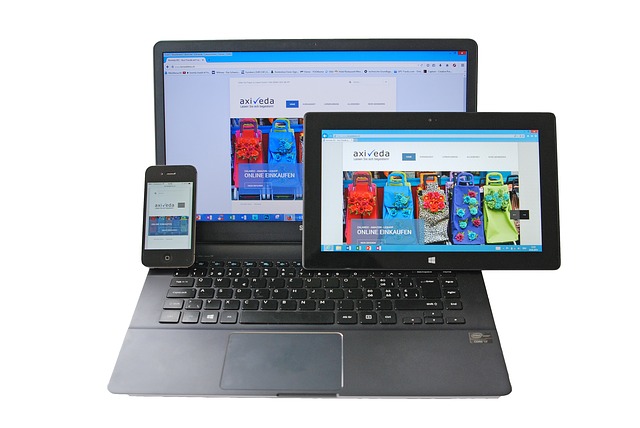Here’s a fun fact: 40,000 people conduct a Google search every second, and more than half of those people are using mobile phones. Needless to say, Google loves websites that are mobile optimized with a responsive design – so much so, that they give a rankings boost to websites with a responsive design. If your site can adapt to different screen sizes on both desktop and mobile, you’ll see traffic soar not only from desktop users but mobile users as well.
The main benefits of a mobile design are:
- Better SEO
- Better conversion
- Increased dwell time
- Lower bounce rate
- User-friendly
- Accommodates both desktop and mobile users
- Easier to create and maintain than two different sites
- Faster
People are pretty impatient these days – if your site takes longer than three seconds to load, you can kiss your website traffic goodbye. By implementing a responsive web design, you can leverage performance-enhancing tricks that speed up your website, such as responsive image display and caching.
In general, responsive websites provide a superior user experience than static sites, resulting in lower bounce rates and higher conversion rates as well. As a consequence, your pages will receive a rankings boost. In addition, responsive websites are more user-friendly, and therefore will have a higher conversion rate than static sites.
Despite some webmasters choosing to create one website for desktop and another for mobile, it’s actually smarter to make one responsive website. First of all, it’s easier to make one website than two websites. Secondly, a responsive website will rank better than two non-responsive sites. Lastly, it’s far easier to maintain one website than two.
In case you haven’t gotten the gist, responsive designs provide a better overall experience, and they offer a whole host of benefits. Humans are incredibly judgmental, which is why you have to make every second count when they first land on your page. If they don’t have a good first impression, they’re far more likely to exit.
